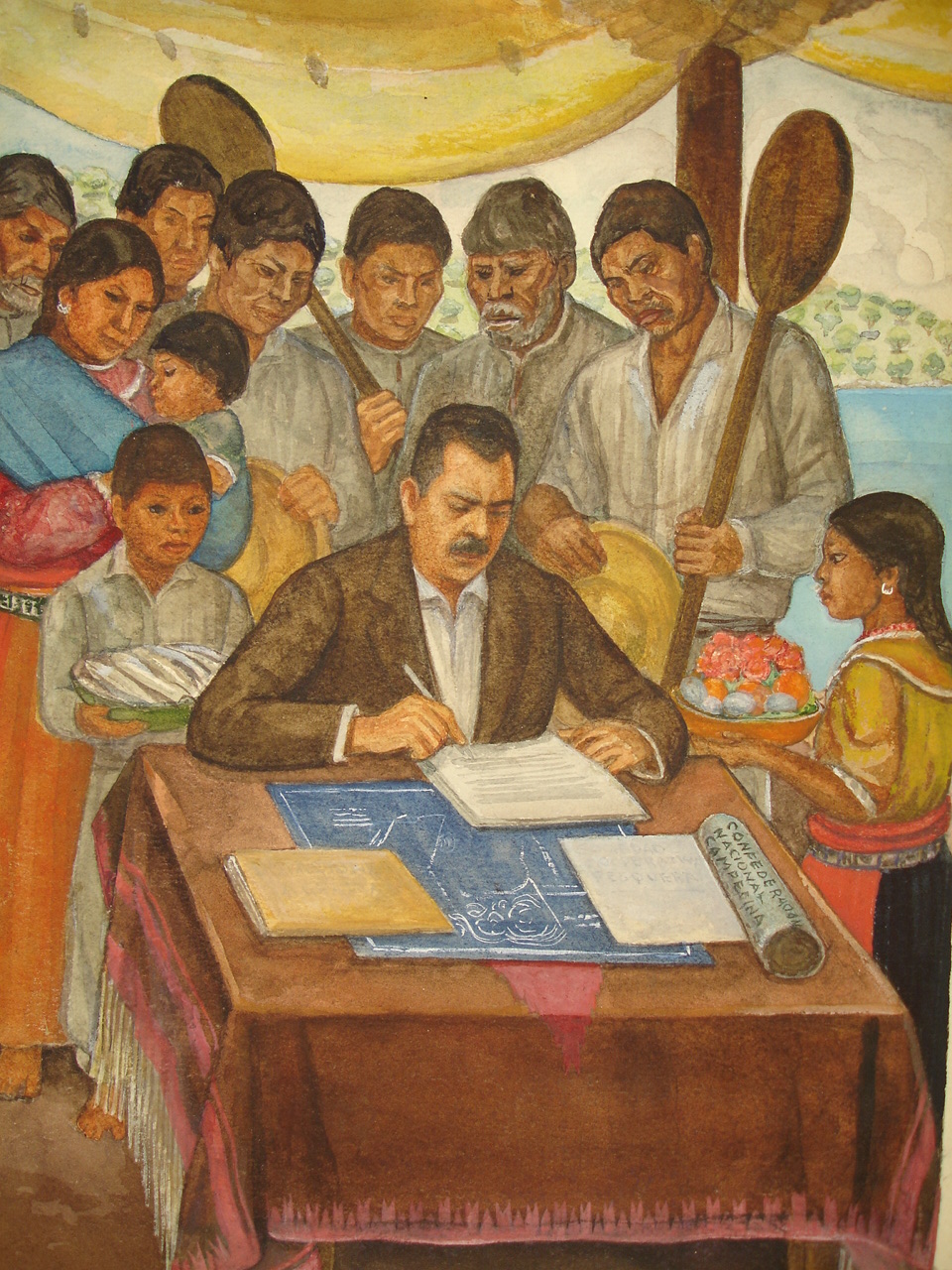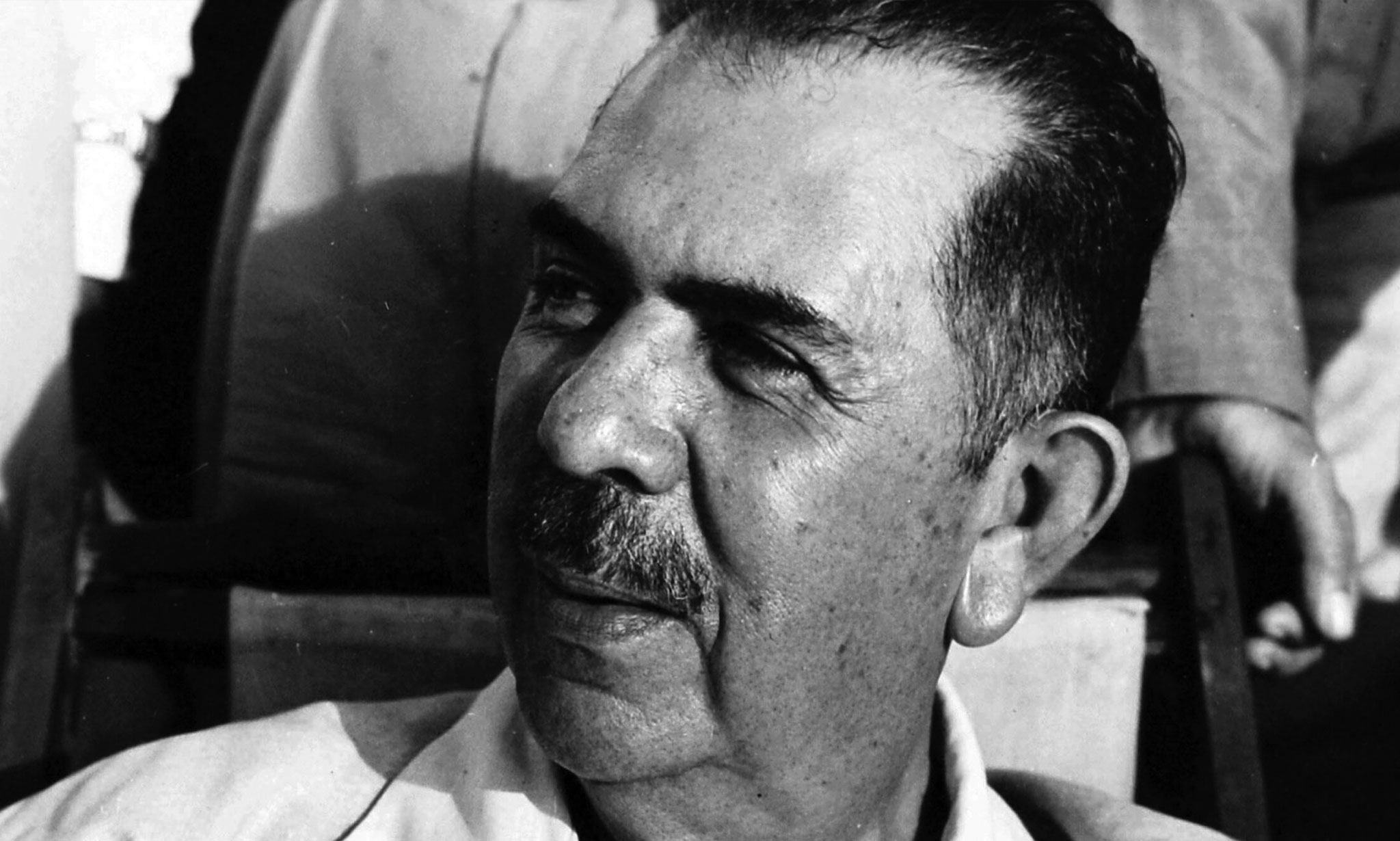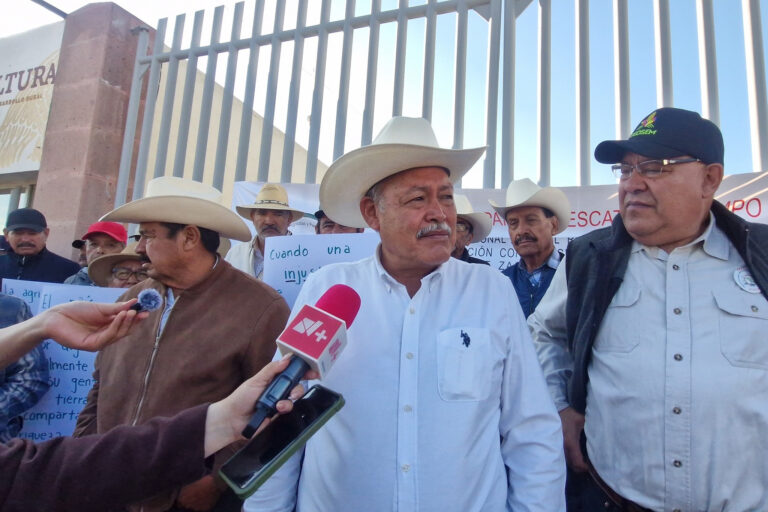Lázaro Cárdenas and the American Left
This article by Jaime Ortega originally appeared in the June 3, 2025 edition of La Jornada, Mexico’s premier leftist daily newspaper and references Paul M. Sweezy’s interview with Lázaro Cárdenas, which we have re-published.
It is still very common among the many ways of looking at history to focus on the influence of political currents emanating from the historical centers of capitalism on the rest of the world. It is necessary to begin to pluralize the conception of these processes, at least to present them as what they truly were: two-way exchanges. Some progress has been made with the presence of the Chinese and Cuban revolutions in the European and American left, but Eurocentrism (and also Americanism) continues to govern most conceptual maps.

In the case of Mexico, this journey remains to be traced in episodes such as, for example, the connection between the Mexican Communist Party and that of the United States, especially during the Cardenas era, a process coinciding with the New Deal in the neighboring country. It is worth remembering that Hernán Laborde attended the congress of the sister organization in 1937, a session also attended by Alfonso Reyes as an envoy of General Lázaro Cárdenas. Furthermore, El Machete —the communist newspaper of the time—had pages in English for several months, and with the prospect of war in Europe, Laborde himself proposed that the communists promote a free trade agreement between the two nations.
The politics of anti-imperialism and national liberation, to be effective, must foster alliances across borders, under the reign of solidarity.
Another little-known case of the link between both political currents is the one established between General Cárdenas and the group of Marxists associated with the Monthly Review (MR), a magazine born at the dawn of McCarthyism, in 1948. The MR was the publication most receptive to the national liberation movements during the Cold War, it followed equally the triumphant revolutions in China and Cuba, as well as the guerrilla movements in Guatemala, Peru and Africa.
Cárdenas’s presence in the pages of MR dates back to an interview with him by Harvey O’Connor in June 1961. O’Connor was an expert on oil issues, persecuted by McCarthyism. His socialist stance was recognized, and since the mid-1950s, Narciso Bassols had promoted the translation of his works, within the framework of the counter-reforms that threatened the nationalization process. The same issue of MR included a letter from the Mexican general to the United Nations in support of the Cuban Revolution. In the following years, the magazine would feature few Mexican writers, but some included Carlos Fuentes and Alonso Aguilar Monteverde. An article by Leo Huberman and Paul Sweezy would describe the founding of the National Liberation Movement and the Independent Peasant Central as important events in Mexican political life.

But it was in 1962 that the Marxist economist and magazine editor, Paul Sweezy, traveled to Mexico and met with Cárdenas. Sweezy asked Aguilar Monteverde to introduce him to the general. The conversation, Monteverde recounted, had an important moment when the economist asked the former president what Mexico’s fundamental problem was. To which the Jiquilpan native replied, in a laconic but firm tone: the United States.
Sweezy would write a beautiful and heartfelt pamphlet about that meeting, entitled A Great American, which first appeared in the magazine Politica, edited by Manuel Marcué Pardiñas, and later in English in Monthly Review. In it, he points out that Cárdenas is a figure who transcends Mexico, as his influence was felt throughout the continent. He describes him as strong and independent despite his advanced age, going on to describe his work in the Balsas Basin and his role in inspiring the National Liberation Movement. Sweezy declared himself an admirer of the general and recounted how he had tried on three occasions to greet him. Although he was aware of his role in history, he wrote: “I was far from appreciating his true stature,” for he is a political leader who does not look to the past, but to the future. The article reviewed Cárdenas’s position on Cuba and the tensions with the United States that resulted from it, as well as the former president’s critical view of the Alliance for Progress. Sweezy’s complimentary text expresses Cárdenas’s political presence and the inspiration for the American left in his stance at a critical juncture.
Thus, the plot that involved the neighboring country’s left with the Cardenista movement is mediated by a consistent and intelligent anti-imperialism that distinguishes the structural from the temporary and does not rely on declarative flourishes. Most importantly, it demands a political position that is necessary on both sides of the border. As this meeting expressed, the politics of anti-imperialism and national liberation, to be effective, must foster alliances across borders, under the reign of solidarity.
-
Nayarit State Beaches Recovered: Stolen by Ex-Governors
Former PRI Governors Ney González and Roberto Sandoval stole 9 million square meters of coastline.
-
Campesinos Demand Halt to Attorney General’s Investigation Into Farmers Strike Blockades
Farmers had planned to block customs & international bridges a week prior, but decided against it to avoid retaliation from the US government.
-
Migrants Ask Sheinbaum to Strengthen Consular Protection Amid US Migration Crisis
More than 100 organizations in the US and Mexico expressed their deep concern about the growing vulnerability faced by Mexican communities in the US.




